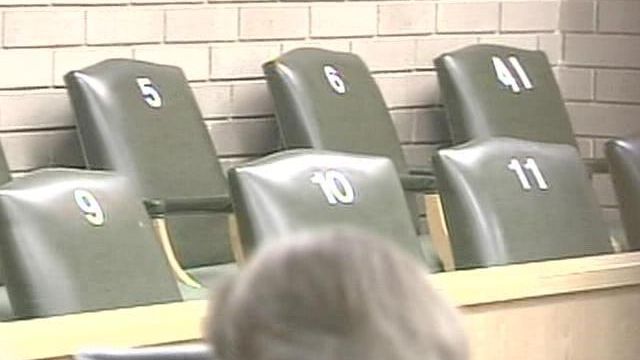Critics: Secret Grand Jury Process Raises Questions
Critics argue a secret grand jury process makes it difficult for the public to see both sides of a court case.
Posted — UpdatedOn Wednesday, a grand jury voted not to indict Christopher Long. The former New Hanover County deputy sheriff shot and killed 18-year-old Peyton Strickland while serving an arrest warrant as part of a team of heavily armed deputies.
"They (law enforcement officers) don't have the reflection time that reporters and lawyers do. We get to develop our arguments and think them out," attorney Michael McGuinness said to a group of reporters.
There are no transcripts of grand jury testimony, and jurors are sworn to secrecy. Attorney Robert Nunley said he believes the process should be more open.
"When there's not transparency, that plays into the conspiracy theorists," he said.
If special prosecutors took the case to a grand jury, he said, they must have believed criminal charges were justified. As a defense attorney for both police officers and criminal defendants, he said he sees both sides.
"That's a tragedy. A kid's lost his life. It's a tragedy for the officer. I believe he's probably devastated by this," Nunley said.
The grand jury based its decision Wednesday on testimony from Long, the teen's father and investigators.
The Attorney General's office does not plan to release an investigative report on the case. The Strickland family may consider a civil suit against the former deputy.
• Credits
Copyright 2024 by Capitol Broadcasting Company. All rights reserved. This material may not be published, broadcast, rewritten or redistributed.





